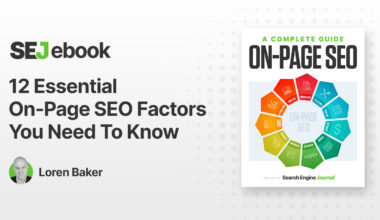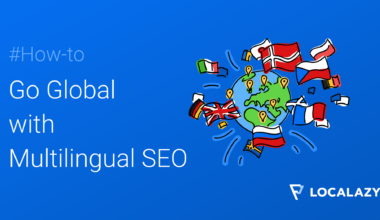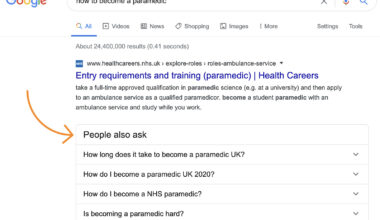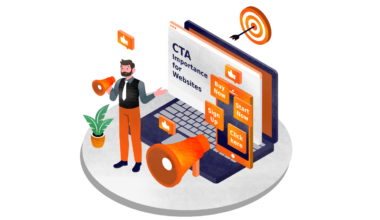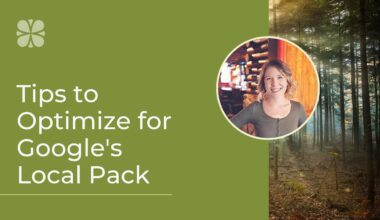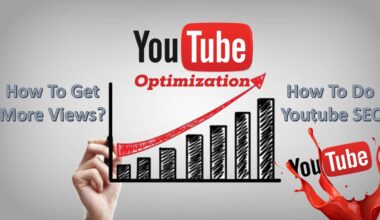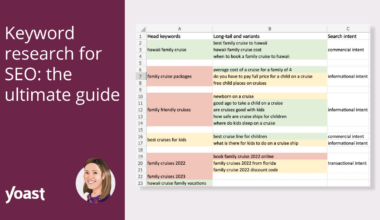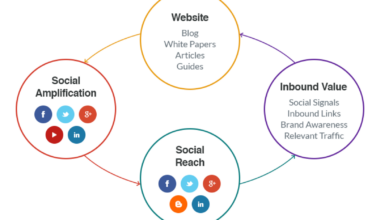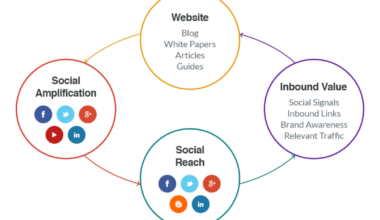What is On-Page SEO?
On-page SEO refers to the optimization of individual web pages to rank higher in search engine results and attract more traffic to the website. The main objective of on-page SEO is to make it easier for search engines to understand the content of a webpage and provide users with the most relevant search results.
On-page SEO involves optimizing various elements on a webpage, such as titles, meta descriptions, content, images, and URLs. By optimizing these elements, you can improve your website’s visibility and ranking on search engines.
On-page SEO is an important aspect of a successful SEO strategy, as it helps search engines understand the relevance and value of a webpage. Without proper on-page optimization, your website may not rank well on search engines, which can lead to low traffic and poor visibility.
To perform on-page SEO effectively, you need to conduct proper keyword research and optimize your page titles, meta descriptions, and content. You also need to ensure that your website’s structure is well-designed, easy to navigate, and mobile-friendly.
In summary, on-page SEO is the process of optimizing individual web pages to rank higher in search engine results and attract more traffic to your website. It involves optimizing various elements on a webpage, such as titles, meta descriptions, and content, to make it easier for search engines to understand and rank your website.
Importance of Keyword Research
Keyword research is an essential aspect of on-page SEO. It involves finding the right keywords and phrases that users type into search engines when searching for information related to your website’s content. By conducting proper keyword research, you can optimize your website’s content and improve your website’s ranking on search engines.
Here are some reasons why keyword research is important for on-page SEO:
1. Helps to understand user intent: Keyword research helps you to understand what users are searching for and what their intent is. By knowing what users are looking for, you can create content that satisfies their needs and provides value.
2. Improves website ranking: Using the right keywords in your content can improve your website’s ranking on search engines. When search engines crawl your website and find relevant keywords, they will rank your website higher in search results.
3. Increases website traffic: Optimizing your website’s content with the right keywords can attract more traffic to your website. Users are more likely to click on a website that appears on the first page of search results.
4. Helps to create relevant content: Keyword research helps you to create relevant content that satisfies user intent. By using the right keywords in your content, you can provide value to users and keep them engaged with your website.
To conduct proper keyword research, you can use various tools such as Google Keyword Planner, SEMrush, and Ahrefs. These tools can help you find relevant keywords and phrases that you can use in your content.
In conclusion, keyword research is an important aspect of on-page SEO. It helps you to understand user intent, improve your website’s ranking, increase website traffic, and create relevant content. By conducting proper keyword research and using the right keywords in your content, you can optimize your website for search engines and attract more traffic to your website.
Optimizing Page Titles and Meta Descriptions
Page titles and meta descriptions are two critical elements of on-page SEO. They play a crucial role in attracting users to click on your website’s link in search engine results. Here are some techniques to optimize page titles and meta descriptions:
1. Use relevant keywords: Including relevant keywords in your page titles and meta descriptions can improve your website’s ranking on search engines. Make sure to use keywords that accurately reflect the content of your webpage.
2. Keep it concise: Page titles should ideally be between 50-60 characters, and meta descriptions should be between 150-160 characters. Keeping them concise and to the point can make it easier for users to understand the content of your webpage.
3. Create unique titles and descriptions: Avoid using the same page titles and meta descriptions for multiple pages on your website. Create unique titles and descriptions for each webpage that accurately reflect the content of the page.
4. Include a call-to-action: Including a call-to-action in your meta description can encourage users to click on your website’s link. For example, “Find out more” or “Learn how to” can entice users to click on your link.
5. Use branding: Including your brand name in your page titles and meta descriptions can increase brand awareness and help users recognize your website in search results.
6. Avoid keyword stuffing: Avoid stuffing your page titles and meta descriptions with too many keywords. This can harm your website’s ranking on search engines and make it less appealing to users.
7. Preview your titles and descriptions: Use a tool like Google Search Console to preview how your page titles and meta descriptions will appear in search results. This can help you optimize them for maximum click-through rates.
By optimizing your page titles and meta descriptions, you can improve your website’s click-through rate and attract more traffic to your website. Make sure to follow these techniques and create compelling titles and descriptions that accurately reflect the content of your webpage.
In conclusion, optimizing page titles and meta descriptions is an important aspect of on-page SEO. By using relevant keywords, keeping them concise, creating unique titles and descriptions, including a call-to-action, using branding, avoiding keyword stuffing, and previewing your titles and descriptions, you can improve your website’s click-through rate and attract more traffic to your website.
Content Optimization Techniques
Content optimization is the process of improving the quality and relevance of your website’s content to attract more traffic and improve your website’s ranking on search engines. Here are some techniques to optimize your website’s content:
1. Use relevant keywords: Including relevant keywords in your content can improve your website’s ranking on search engines. Make sure to use keywords that accurately reflect the content of your webpage and avoid keyword stuffing.
2. Write high-quality content: Writing high-quality content that provides value to users can improve your website’s ranking on search engines. Make sure to write content that is informative, engaging, and well-researched.
3. Use headings and subheadings: Using headings and subheadings can make your content easier to read and understand. It can also help search engines understand the structure of your content.
4. Include internal and external links: Including internal and external links in your content can improve your website’s ranking on search engines. Internal links can help users navigate your website, while external links can provide additional value to users.
5. Use images and videos: Using images and videos in your content can make it more engaging and visually appealing. It can also help improve your website’s ranking on search engines.
6. Optimize your content for mobile devices: With the increasing use of mobile devices, it is important to optimize your content for mobile devices. Make sure your website is mobile-friendly and your content is easy to read on mobile devices.
7. Analyze your content: Analyzing your content using tools like Google Analytics can help you understand what content is performing well and what content needs improvement. Use this information to improve your content and attract more traffic to your website.
By optimizing your website’s content, you can improve your website’s ranking on search engines and attract more traffic to your website. Make sure to follow these techniques and create content that is informative, engaging, and well-optimized.
In conclusion, content optimization is an important aspect of on-page SEO. By using relevant keywords, writing high-quality content, using headings and subheadings, including internal and external links, using images and videos, optimizing your content for mobile devices, and analyzing your content, you can improve your website’s ranking on search engines and attract more traffic to your website.
Final Thought
On-page SEO is a crucial aspect of any successful SEO strategy. By optimizing various elements on your website, such as page titles, meta descriptions, and content, you can improve your website’s visibility and ranking on search engines. However, it is important to remember that on-page SEO is just one part of a comprehensive SEO strategy.
To achieve the best results, you need to combine on-page SEO with off-page SEO techniques, such as link building and social media marketing. You also need to ensure that your website is well-designed, easy to navigate, and mobile-friendly.
In addition, it is important to stay up-to-date with the latest SEO trends and best practices. Search engines are constantly updating their algorithms, and what worked in the past may not work today. By staying informed and adapting to changes, you can ensure that your website remains competitive and continues to attract more traffic.
Overall, on-page SEO is a critical component of any successful SEO strategy. By following the techniques outlined in this article, you can optimize your website’s on-page elements and improve your website’s visibility and ranking on search engines. Remember to combine on-page SEO with other SEO techniques and stay informed about the latest trends and best practices to achieve the best results.














